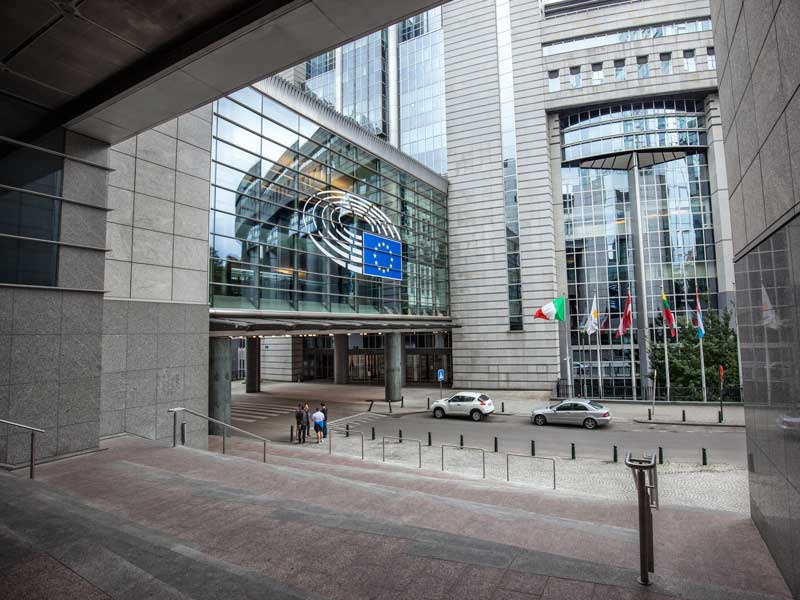
Economic recovery in the eurozone appears to have reached a turning point, with the latest Eurostat figures showing that the GDP of the 19-state bloc increased by 2.5 percent over the course of 2017. Growth was up by a substantial margin from the previous year, when the economy grew 1.8 percent, which in turn was up from the 1.5 percent growth rate of 2015.
The new momentum seen in the eurozone has been underscored by improvements in investment levels as business confidence continues to grow
While the US was on a par with the eurozone in 2016, also expanding by 1.8 percent, the eurozone expanded slightly faster this year. Notably, President Trump’s ambitious growth target of three percent was not achieved, with US growth ultimately coming in at 2.3 percent. The wider 28-state grouping of the EU matched the rates seen in the eurozone, with growth also coming in at 2.5 percent.
After years of tepid growth, the new momentum seen in the eurozone has been underscored by improvements in investment levels as business confidence continues to grow. It has also been put down to a revival in the French economy, which is ordinarily a drag on the bloc’s growth, but last year expanded at its fastest rate for seven years. The stimulus programme from the European Central Bank continues to play a supportive role in heating up economic activity, though officials have signalled that a wind-down is in sight for the next year.
Unemployment in the bloc has also been heading downwards, coming in at 8.7 percent in December of last year, which is down a full percentage point from the previous year. Another reflection of the strengthening economy is the gradually decreasing debt-to-GDP ratio in the area, which has moved from 89.7 percent in the third quarter of 2016 to 88.1 percent in the third quarter of 2017.


